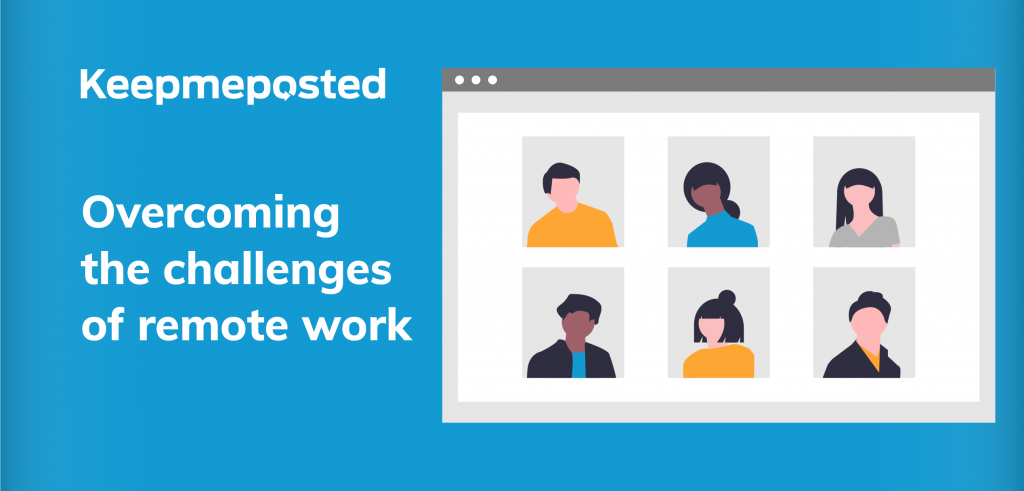Like all new things, remote working will face some hurdles until it becomes ingrained in mainstream office culture. For companies whose workers have had to work remotely out of necessity, adjustments had to be made in a short period of time. Managers who have never handled remote workers, or never had adequate training had to face a few challenges too. In this article, we discuss overcoming the challenges of remote working to build a better remote scenario that accommodates all parties.
What challenges are there and how can we overcome them?
Digital barriers
Workers may have to adjust to new software, setting up a workstation, and possibly a poor digital connection in some rooms. Showing understanding and patience as well as allowing time for users to get used to a new system will help ease insecurities and allow the workers to gain confidence in their new environment. Beginning to use project management software, even at the office will allow a seamless transition into remote working and there will be much less things to get used to.
Lack of face-to-face interaction and supervision
This is a concern for both the workers and their managers. Managers may be concerned that employees will not work as hard when at home or be as productive (although research shows otherwise). Those who tend to micro-manage will not find it easy, and it will be an exercise for them to let go. Remember, that micromanaging may only disengage and frustrate employees who are also adjusting to a remote working situation. On the other hand, employees may struggle with reduced access to their manager. Some may struggle with asking questions virtually and what before may have been a quick knock on their office door, now is an email or Slack message and “Did they see it?”. Employees may also feel like they are not being heard or understand due to working remotely and being detached.
One way to address both the above “problems” is to increase communication routes – don’t limit to just email, include a video call in your team’s schedule and for issues which are more urgent enable direct messages through Slack, Whatsapp, Microsoft Teams and so many other tools out there. Outlining when you are most available could help you not get inundated with messages at random times of the day. This will ensure that your team members know when they’re free to contact you (and thus leave lines of communication open). Another way is to establish a routine call with remote employees. This could help ease concerns on both sides of the fence.
In this article, we discuss keeping your remote team connected.
Misunderstandings may ensue
If your company did not cater to the eventuality of remote working, many will struggle to simply find the required data or files due to a lack of infrastructure in place. This could cause frustration on the side of the employee. Not knowing their colleagues’ schedules is also another part of the problem. If your coworker is having a bad day you would usually know and cut them some slack if their emails seem a bit blunt, but if you are both working remotely it may be tougher to find this out. Scheduling frequent virtual meetups could help ease some of these discrepancies and ensure team members are on the same wavelength. After a virtual meeting, it is also important to highlight the important points via another messaging tool – such as Slack or Email. This type of communication is called redundant communication – contrary to what the name suggests, it is vital to ensure that important points get through and allows space for questions and clarification after a meeting. This is a process that has been proven useful by effective managers.
Loneliness
Although remote work may sound like a dream for many introverts, as they can zone into their world without the unnecessary small talk that one may have to endure at the office, it can bring about feelings of loneliness for many extroverts or people who are used to being surrounded by the hustle and bustle of an office. However, it can also become an issue for introverts who may start to feel less belonging in the organisation as they no longer feel part of the community anymore.
If there is one take away from this it is that patience and communication is of utmost importance – outline a clear remote working policy, establish routine meetups and increase lines of communication to ensure that everyone feels part of the team and business continues as usual. You may even thank yourself later, as you start redeeming the benefits of remote working.
Final note…
These struggles should not discourage you from remote working, after all, there are many benefits to consider. It is simply worth being aware of them, allowing you to prepared to take them on and tackle any issues in a way that best suits you and your team.
Share this with a friend or colleague.


